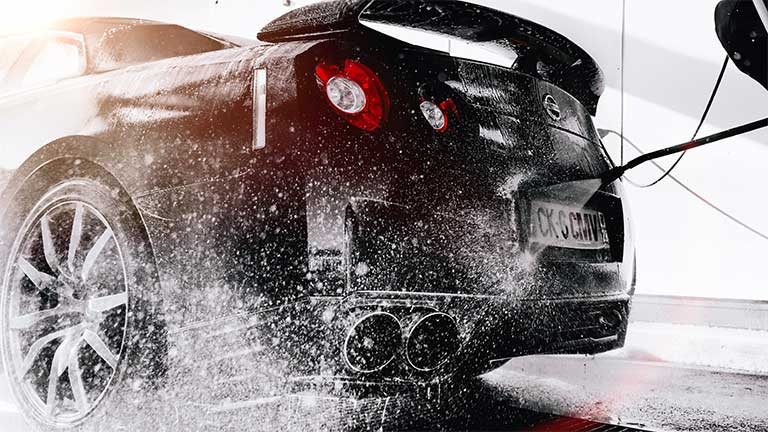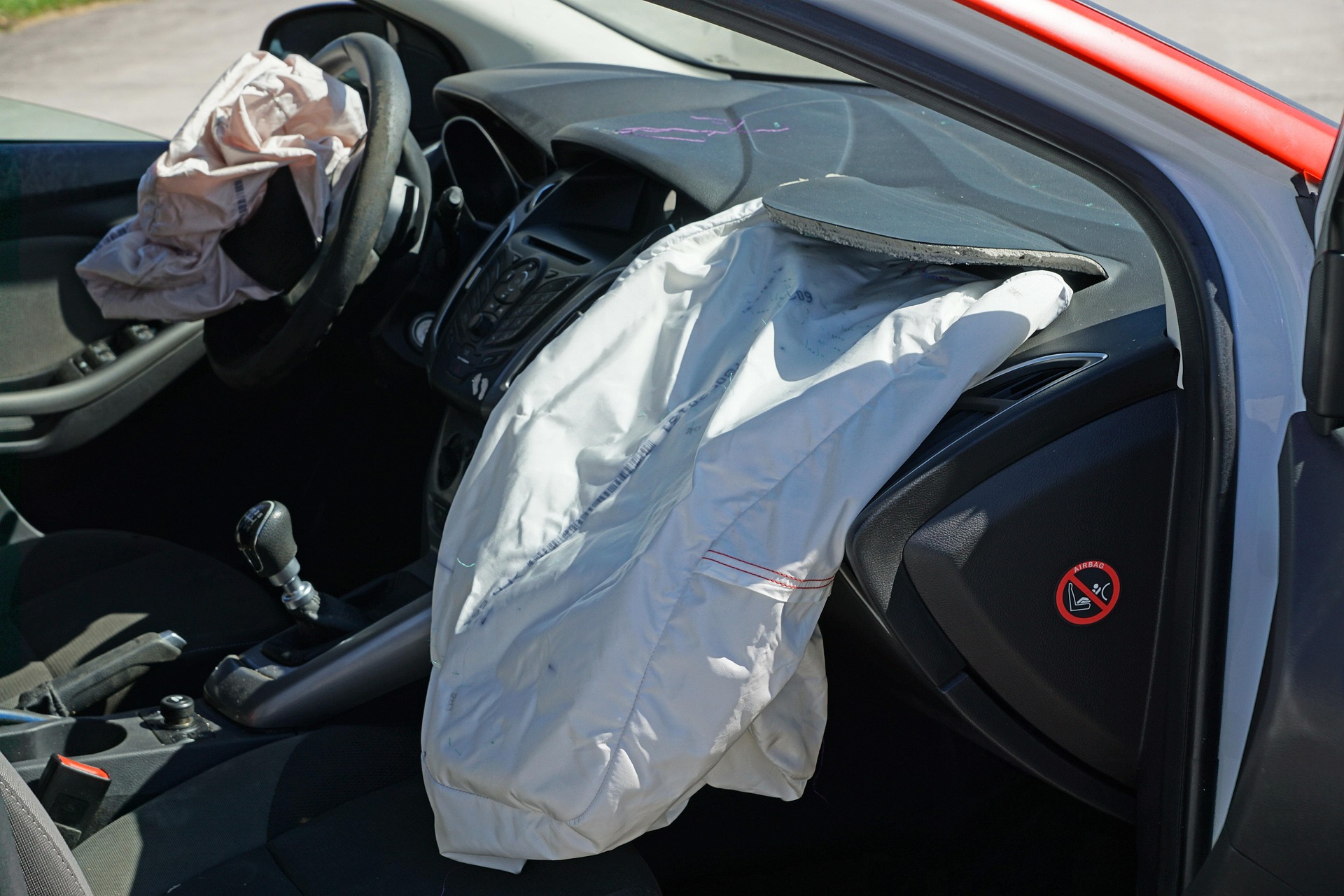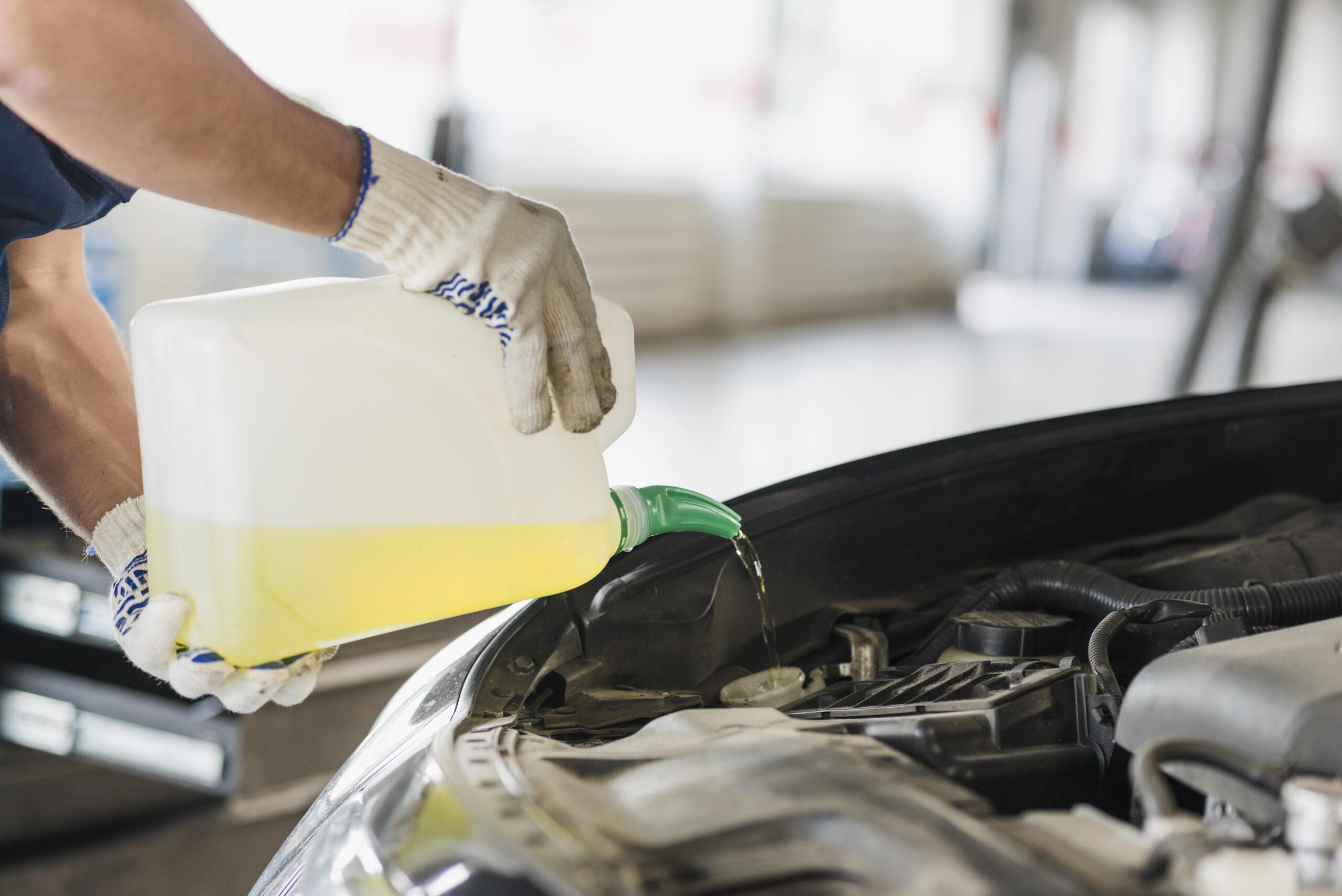Exhaust Gas Recirculation Explained: What It Is and How It Works
Exhaust Gas Recirculation (EGR) is a crucial emissions control system used in every modern diesel engine. But what exactly is EGR, how does it work, and why is it so important? In this article, we break down the key facts about EGR systems, including how EGR coolers function and common failure symptoms to watch out for.
What is Exhaust Gas Recirculation?
EGR involves rerouting a measured amount of exhaust gases from the exhaust manifold back into the inlet manifold. These exhaust gases mix with fresh air before entering the combustion chamber. This process helps reduce harmful emissions produced by diesel engines.
Why is EGR Important?
The main purpose of EGR is to reduce oxides of nitrogen (NOx) emissions. NOx gases are harmful to human health and contribute significantly to air pollution. The EGR system lowers the amount of NOx produced, especially during light to medium engine loads, helping diesel vehicles meet stringent environmental regulations.
How Does EGR Work?
Unlike petrol engines, diesel engines don’t use a throttle to control air intake. Instead, they regulate torque by adjusting fuel delivery. This leads to excess oxygen in the combustion chamber at low to medium loads, resulting in very high combustion temperatures (above 1,300°C). These high temperatures create NOx gases.
By recirculating exhaust gases, the EGR system reduces oxygen levels in the combustion chamber, which lowers combustion temperatures and drastically cuts NOx production.
What is an EGR Cooler?
An EGR cooler is a component designed to cool exhaust gases before they re-enter the inlet manifold. It consists of tubes carrying hot exhaust gases surrounded by engine coolant, which absorbs heat from the gases. Cooling the gases further reduces combustion temperatures and emissions.
How Do EGR Coolers Fail?
Common EGR cooler failures include:
-
Leaks between gas tubes and the coolant chamber, causing exhaust gases to enter the cooling system and coolant to leak into the EGR system.
-
Broken exhaust tubes causing exhaust gases to escape into the atmosphere.
-
External coolant leaks from the cooler itself.
Symptoms of EGR Cooler Failure
Signs you may have an EGR cooler problem include:
-
Persistent drop in coolant levels without visible leaks.
-
Rough engine idle and white smoke on startup due to coolant leaking into the EGR system.
-
Engine overheating or higher operating temperatures caused by exhaust gases entering the cooling system.
-
Loud engine noise if exhaust tubes break, making your diesel sound unusually loud.
-
Coolant stains and a chemical smell around the EGR cooler.
Conclusion
Understanding how Exhaust Gas Recirculation works and recognizing early signs of EGR cooler failure can save you from costly repairs and keep your diesel engine running clean and efficiently. Regular inspections and servicing of your EGR system are essential to maintain performance and reduce harmful emissions.

How to Diagnose an EGR Cooler Failure
Symptoms of an EGR cooler failure often mimic those of a cracked cylinder head or a blown head gasket, so careful diagnosis is vital before dismantling the engine. Here’s how to pinpoint the issue:
-
Observe Symptoms: Rough idle and white smoke may appear after the vehicle has been parked overnight.
-
Test for Combustion Gases in Cooling System: Using a tool like the Tee-Kay system, air is drawn from the cooling system through a reactive liquid. A colour change indicates exhaust gases (CO₂) present in the coolant.
-
Isolate the Fault: If symptoms are severe, isolate the EGR cooler from the cooling system. If the symptoms disappear, the cooler is the likely culprit; if not, the problem may be the cylinder head or gasket.
-
Inspect the Cooler: For mild symptoms such as a slow coolant loss without external leaks, remove and pressure-test the cooler. Look for areas where soot deposits have been washed away by coolant or drops of coolant inside the exhaust gas tubes.
Repair and Cost Considerations
EGR coolers on light vehicles cannot be repaired and must be replaced. Costs vary based on the cooler’s accessibility and price:
-
Coolers easily reached at the front of the engine (like some early Ford Rangers) cost around $800 including parts and labour.
-
Coolers located in harder-to-reach areas (such as some Volvo models) can cost $2,500 to $3,000 due to higher labour time and the expense of genuine parts.
Need help?
Give us a call or fill out our contact form. We’re always available for a bit of advice! You can also read more about our diesel engine services on our website.
Book Now







